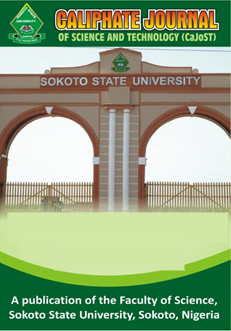Assessment of Natural Radioactivity Levels of 40K ,238Th and 232Th in Some Selected Baby Food in Southwestern Nigeria
DOI:
https://doi.org/10.4314/9fh8rw26Abstract
Baby powdered milk is a nutritious source of food for infants and children. Most working class nursing mothers usually substitute breast milk for it when they are not available to take care of their kids. The contagious of chronic disease among infants has caused careful thought among the researchers. Food contamination through radioactivity cause severe health threat for infants because of their weak immune system. Radioactivity concentrated foods are very dangerous as they increase cumulative risks of developing cancer and other related diseases. Therefore, the assessment of radioactivity levels of 40K, 238Ra and 232Th in baby food and their associated doses are of crucial importance for health safety. This study focused on the radiation contamination of baby food and its implications on the infants health and safety. Four samples of baby powdred milk were investigated using gamma ray spectrometer. The results indicated that the concentrations of 40K, 238Ra and 232Th ranged from 212.6 Bq/kg to 354.3 Bq/Kg, from 37.6 Bq/Kg to 129.3 Bq/Kg and from 83.2 Bq/Kg to 223.9 Bq/Kg, respectively. Although the level of radioactivity is relatively low in all the food samples and they are within the internationally acceptable values, this study revealed that 232Th and 226Ra are the most significant contributor to radiation exposure in baby food in Southwest Nigeria. Hence, baby powdered milk manufacturers should ensure reduction in the levels of these radionuclides and regulatory bodies should prioritize monitoring levels of 232Th and 226Ra in baby food to minimize health risks.

